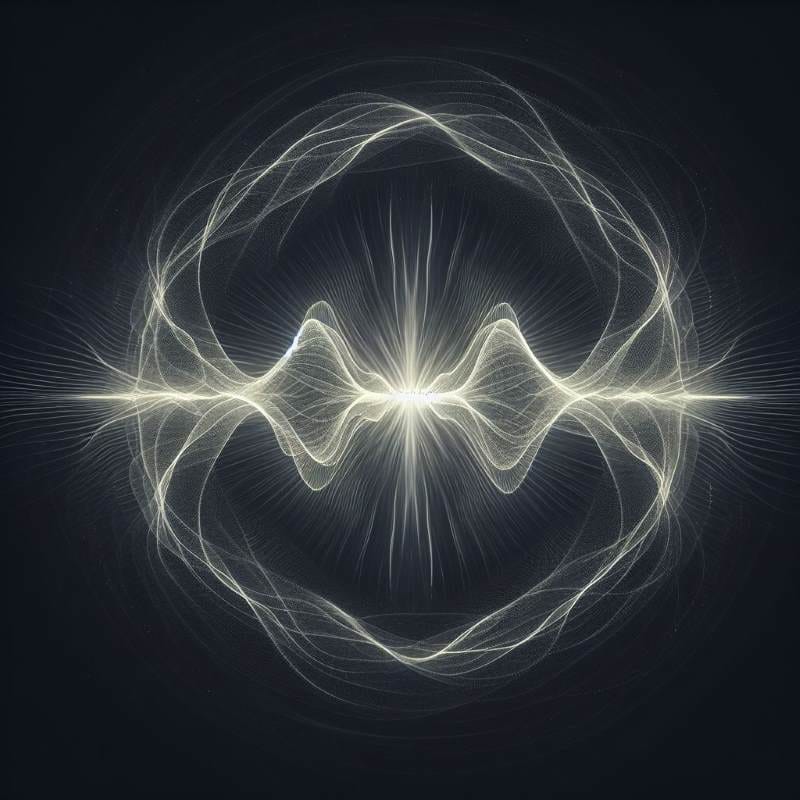DESI Telescope at a New Kind of Dark Energy
DESI telescope project, with Mexican involvement, is mapping the universe in unprecedented detail. Its findings hint that dark energy, the force accelerating cosmic expansion, might not be constant. This could reveal new particles and rewrite our understanding of the cosmos.

In the first year of work of the Dark Energy Spectroscopic Instrument (DESI), a project in which UNAM participates, its results make the most precise measurement of the expansion of the universe, in addition to opening the possibility of considering that dark energy is not a constant, but a special type of particle.
Axel Ricardo de la Macorra Petterson Moriel, researcher at the Institute of Physics and coordinator of the experiment, commented: today we have a sample of 6 million galaxies and quasars with unprecedented detail and the expectations that we had until now have been exceeded. .
The researcher specified that with DESI — in which Mexico and the United States intervene — the largest 3D map of the universe ever created is being created, since previous experiments measured 300 thousand objects during years of work, while with this project one million are obtained in a week; that is, 5 thousand galaxies every 20 minutes and has confirmed basic concepts of the best model of the cosmos.
This is the time when scientists measure its expansion history over 11 billion years, with the greatest precision yet, offering a powerful tool to study dark energy and the expansion of the universe, the Which one you know depends not only on gravity, but on what it is made of.
Because not much information has been obtained about this type of energy, it is considered a cosmological constant. But recent data indicate that there is a possible deviation, which would probably imply an elementary particle or particle models, but to know this it is necessary to wait for the review of some 40 or 50 million galaxies to know it more reliably.
“In principle it could be a neutral particle, that has no charge, that its only force is related to the force of gravity through the particles that could combine,” commented the researcher after the presentation of the results held in the auditorium of the National Council of Humanities, Sciences, and Technologies (Conahcyt).
In turn, the researcher at the UNAM Institute of Physics, Mariana Vargas Magaña, explained that another of the advances with DESI is related to baryon acoustic oscillations (BAO), which are a trace that is imprinted on the large-scale structure of the universe.
“We have the most precise measurements of BAO in galaxies with a single year of data, for the first time we have significant detections of some tracers, and when the survey is finished, the data will be three times larger,” she added.
Alejandro Avilés Cervantes, researcher at the Institute of Physical Sciences (ICF) of UNAM, commented that the initial results agree that the proportion is 70 percent, while the total matter is approximately 30 percent, and that dark energy is the one in charge of expanding the universe in an accelerated manner.
The researcher explained that another of the contributions of the international project is in the measurement of the speed at which it expands, which until now is carried out with the so-called Hubble constant, but which when applied to the early universe is considered very small; However, when studying the early universe the figure increases considerably and DESI has made the measurement at 68.4 kilometers per second, with a precision of plus or minus a kilometer.
This measurement is important, he said, because many of the objects known at the moment are studied using the Hubble constant, so it will be necessary to review it to agree on its use in future astronomical studies.
According to Octavio Valenzuela Tijerino, from the Institute of Astronomy (IA) of the UNAM, the data suggest that dark energy is not a constant, since it implies that there are new particles, interactions with gravity, in addition to the possible technological benefits that this work will bring.
He highlighted that much of the research has allowed the training of young scientists who help prepare for the future, improve instrument calibrations with sophisticated technology that can help society in the future.
For the director of Conahcyt, María Elena Álvarez Buylla, the project is the most essential in the world at this time and positions the frontier science carried out in Mexico, since the knowledge generated reaches humanity.




DESI is an international collaboration pushing the frontiers of scientific exploration, with Mexico playing a leading role. Credit: UNAM
She recognized the work carried out by Mexican institutions: the UNAM -through the ICF, IF and the IA-; the National Institute of Nuclear Research and the University of Guanajuato.




